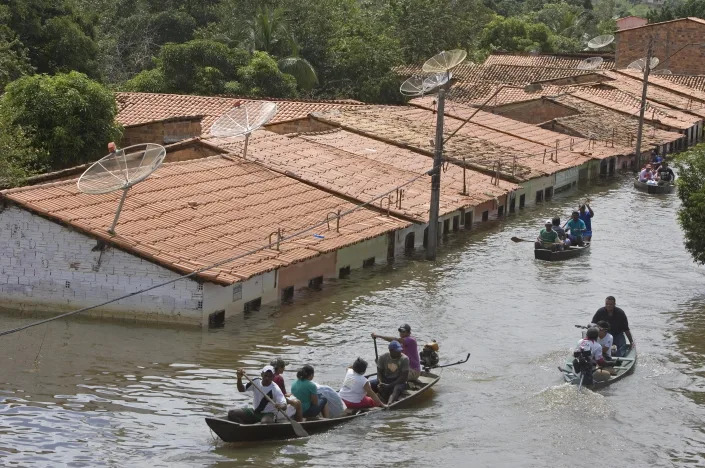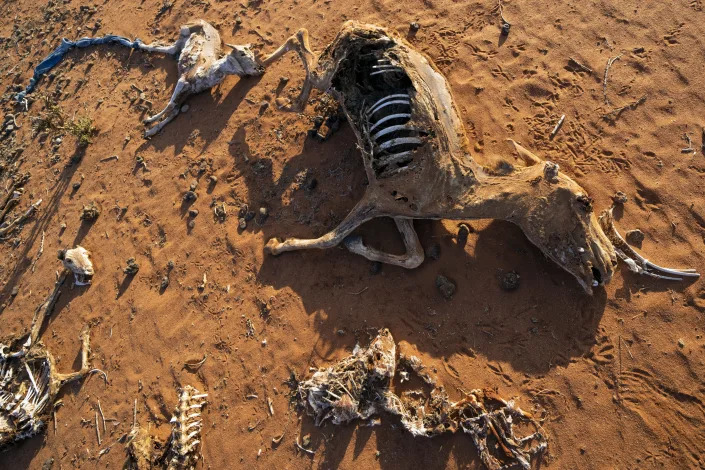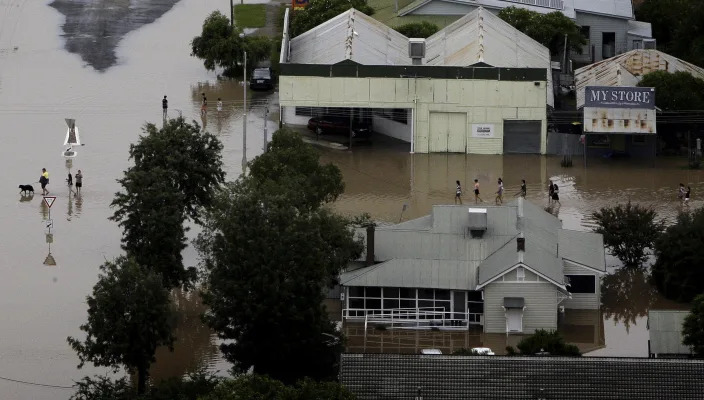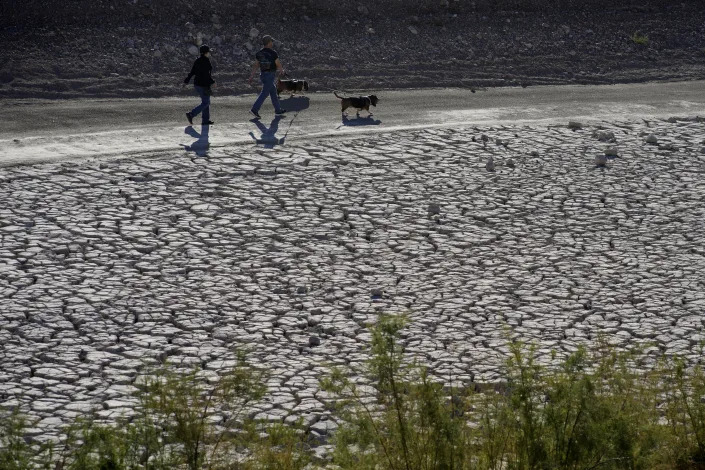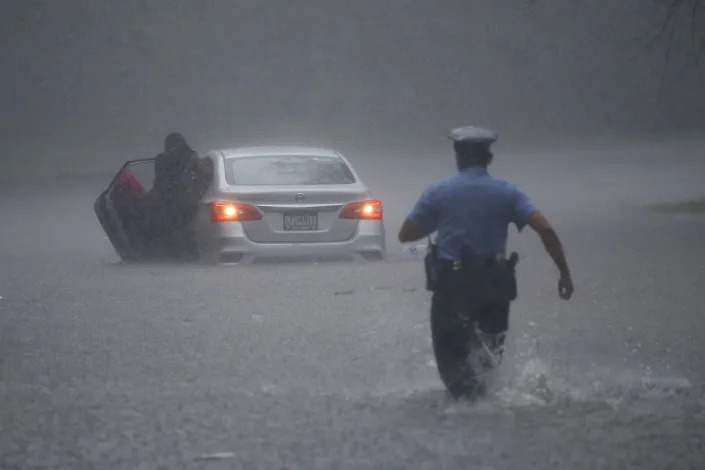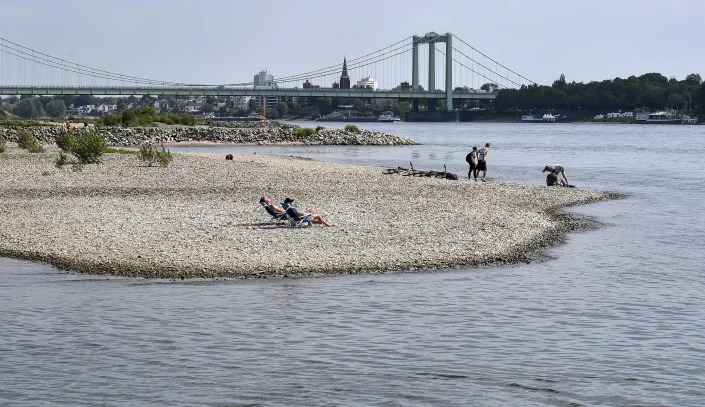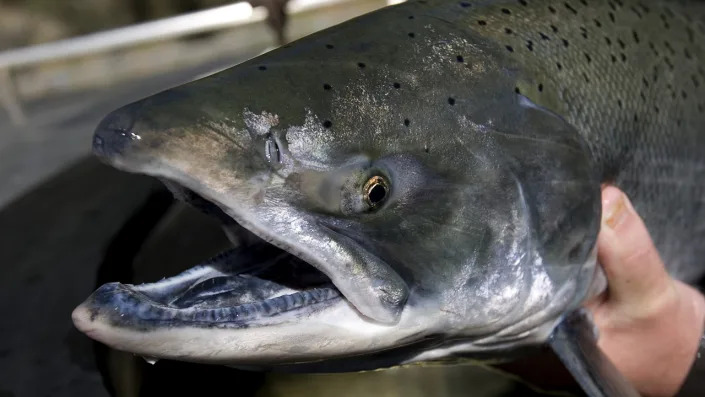Daily Beast
Frontline City Braces for ‘Decisive’ Attack on Putin’s Army
Sam Skove – March 14, 2023
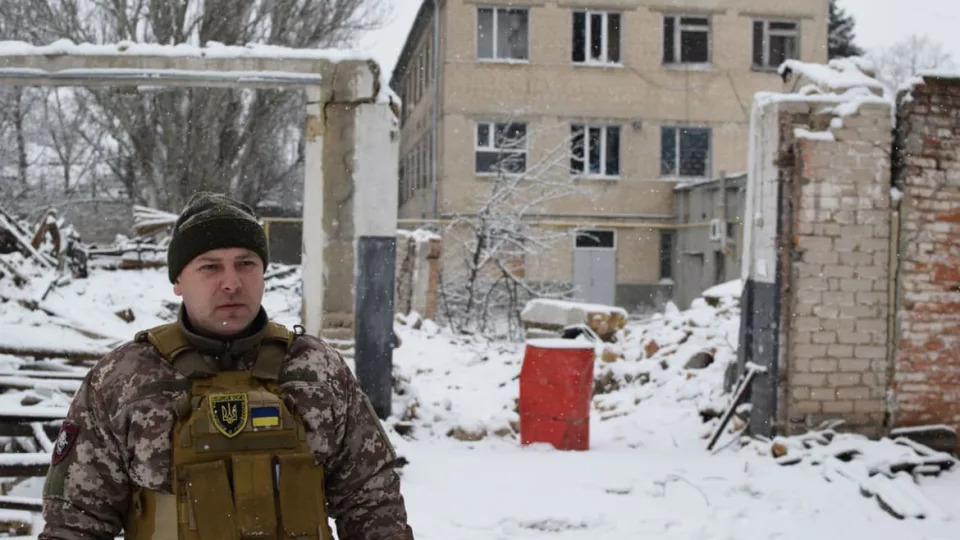
HULIAIPOLE, Ukraine—The lightning crack of shellfire has long replaced the hum of traffic on the streets of Huliaipole, a historic farming city on Ukraine’s front line.
On a February morning blanketed by the first snow of the year, though, the only sound on the nearly deserted streets was the whine of tires on fresh snow.
“No one knows why,” the Russians stopped firing two days ago, said the city’s mayor, 42-year-old Serhey Yermak, standing near the massive crater left by a Russian missile strike that killed his deputy in October. “Maybe the Russians are rotating their forces.”

The town’s near-yearlong ordeal of Russian shelling shows what’s at stake for Ukraine’s much-heralded spring counteroffensive, which media report will likely happen nearby.
Western tanks—the first batch of which were delivered to Ukraine roughly two weeks ago—will likely be key to the assault. While they’ve yet to be seen in combat, Ukrainian troops are busy training on them in preparation. If Ukraine successfully breaks Russian lines, the town can finally recover from one of the longest periods of sustained shelling in Ukraine. If it fails, the town, already tattered, will face yet further disintegration under Russian fire.
While Ukraine has been tight-lipped about where its next thrust might be, experts have said that southern Ukraine is a prime target. “The south is the place where an offensive could be most decisive,” John Herbst, a former U.S. ambassador to Ukraine now at the Atlantic Council, told The Daily Beast. A counteroffensive there would break Russia’s land route to the occupied Crimean peninsula, possibly setting the stage for Russian forces there to “wither on the vine,” Herbst added.
U.S. Defence Secretary Lloyd Austin has said that the counteroffensive will happen this spring, without stating exactly where such an offensive might occur.
Major Blitz on Putin’s ‘Mightily Struggling’ Army Just ‘Weeks Away’
Not so long ago, Mayor Yermak sported a blue suit and white shirt to work. He first entered the town’s administration in 2006 and in 2017 was elected mayor, presiding over the mundane work of building parks, remodeling schools and trash removal.
Huliaipole, founded in 1777, is a small town clustered around historic brick buildings in the center, including a 113-year-old synagogue. It’s famous throughout Ukraine as the base of Nestor Makhnko, a military leader who used the chaos following the end of World War I to establish one of the only anarchist states to ever exist.
Huliaipole’s ordeal began almost immediately after Russia launched its full-scale invasion of Ukraine on Feb. 24 of last year. Two days later, Ukrainian media reported a loss of electricity in the town due to shelling, and on March 5, Russian troops briefly entered Huliaipole. The front line eventually settled just outside the town, with the closest Russian positions less than two miles away.
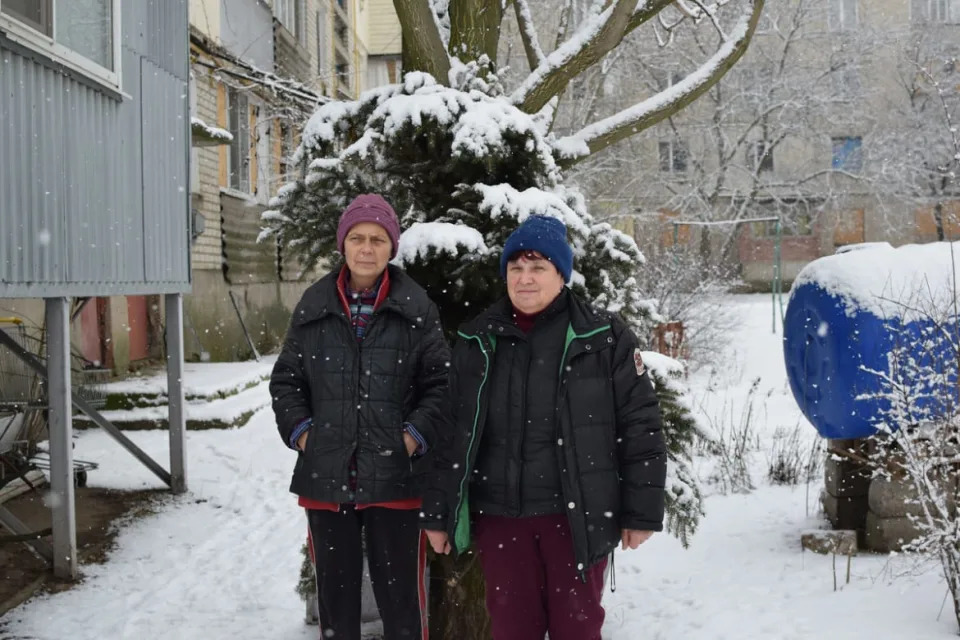
“Be afraid of hell and the guy from Makhno-city.”
Yermak’s first task when the war began was evacuating the city. Around 12,000 residents eventually left the town, some on school buses provided by the city. Around 3,000 mostly elderly residents remain. Despite Yermak’s dismay, at least 93 children are also still in the city.
He then had to learn how to run a city in wartime. “Not a single thing prepared me” for the war, he said, reflecting on his 16 years in the city administration. Still, municipal tasks continue on. The hospital functions, although its patients are treated in the basement. The police still patrol, with their chief task being the prevention of looting and stopping soldiers from buying alcohol. The city still arranges trash, but its garbage collectors now dress in body armor and helmets.
Yermak himself ditched his suit for camouflage and body armor. A patch on the camouflage fatigues that Yermak now favors is a tribute to Makhno: “Be afraid of hell and the guy from Makhno-city.”
The town’s residents have been living without electricity, water, and heat since March. In one of the town’s Soviet-built seven-story buildings, Avhustyna Psevdaklyayeva, 67, and Lyudmyla Zhovnyrenko, 52, live with five others in a cramped, chilly apartment. It’s “very, very cold” Psevdaklyayeva said. Psevdaklyayeva is staying there due to the expense of moving on her small pension.
There is not much to do but cook food and tend to the cats and dog that also live there. At night, the residents sit at their one table and reminisce, said Psevdaklyayeva. “Each one talks about their memories and so the time passes a little faster,” she told The Daily Beast.
Thrown together in the war, the group are now friends. On one wall hangs a Ukrainian flag with their names signed on it, in commemoration of their still-ongoing ordeal. Not all relationships survived the war. “The war showed who was who,” said Zhovnyrenko. The two women said they keep an eye out for looters who visit the area, questioning any unknown faces.
Until Jan. 13, Psevdaklyayeva’s husband lived there too. He had a heart attack and lost consciousness, but when they called the hospital, they were advised to come on foot. They called the mayor who cajoled the hospital into sending an ambulance. It came too late, and her husband died.
On a drive around the town after leaving Psevdaklyayeva and Zhovnyrenko, it’s clear that the city is gradually fraying apart. The former city cultural center, a once-massive concrete building, is entirely smashed. In the downtown, flurries of snow drifted in through shell holes in stately old brick buildings.
As terrible as the situation is, it could get even worse if Russia ever launches a sustained assault. If that occurs, the town would more likely resemble other ruined communities across Ukraine that endured street fighting, like Soledar, Izyum, or Bucha.
Such an assault is unlikely in the near term, the American think tank the Institute for the Study of War reported in December. City officials, though, spoke of an intensification of shelling in December and January.
“We’re all for our counteroffensive coming soon,” Yermak said. “To tell you from a patriotic viewpoint, of course we’re not afraid. But of course everyone is worried.”

Several miles on the road away from Huliaipole, 37-year-old Alina Kovaleva and her 5-year-old son Gordei were celebrating the first day of the snow the way many families might: they made a snowman.
About 3 feet tall and with a carrot for a nose, the snowman stood on as Gordei, giggling furiously, hurled larger and larger snowballs at Alina, both of them wearing heavy winter coats.
Kovaleva said her village has Russian shells fall in it occasionally. When there’s shelling at night, she and her husband take their three children down into the cellar.
She wasn’t considering relocating, however. “All of Ukraine’s dangerous,” she told The Daily Beast with a shrug, returning to the snowball fight with her son.













